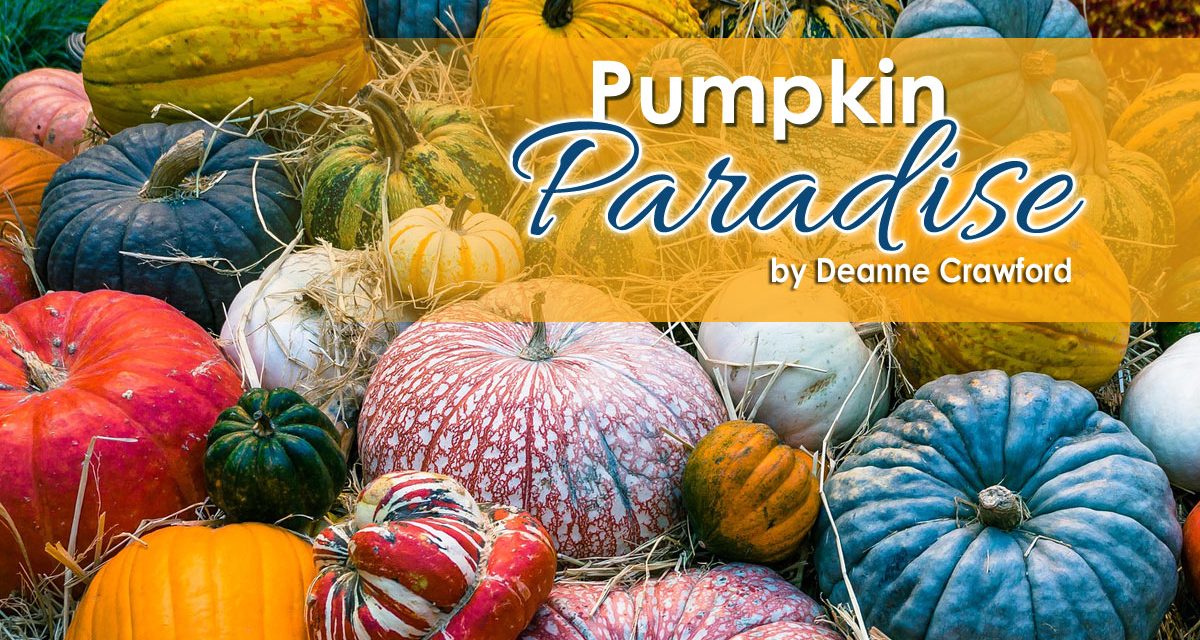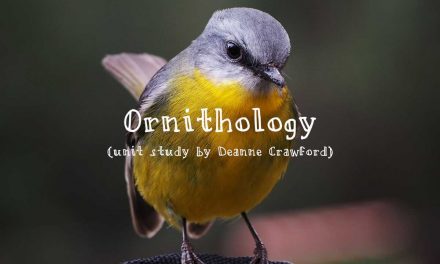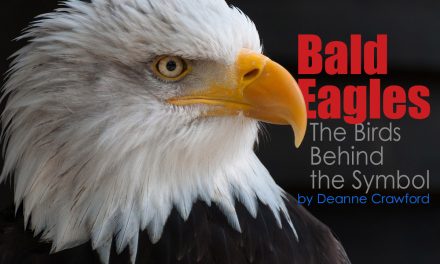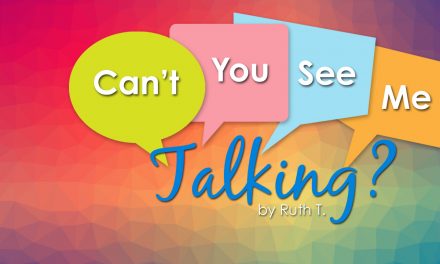Pumpkin spice coffee, pumpkin scented candles, pumpkin desserts, and various gourd assortments flourish as cooler temperatures invade. Ah, pumpkin, nothing says autumn like pumpkin! Whether the abundance of pumpkin causes delight or dismay, our unit study this month will inform and entertain, and may help you fall more deeply in love with this beloved fruit. As you and your children read through our study, you’ll find links to child friendly videos and web sites for further exploration.
Would you be surprised to learn pumpkins have been around for thousands of years? The word pumpkin (pepon in Greek) means large melon. Pepon was adapted by the French into the word “pompon.” The English changed “pompon” to “pumpion”. But it was the American colonists who changed “pumpion” into “pumpkin.” Pumpkin is considered a staple of the early Colonists diet. They ate so much pumpkin that they even wrote a song about it! But the pumpkin was an essential fruit prior to colonization. Native Americans dried strips of pumpkin and wove them into mats. They also roasted long strips of pumpkin on the open fire and ate them. Learn more about the fascinating and fun history of pumpkins from Colonial Williamsburg.
Classified as a fruit, pumpkins are in the gourd family. Are you surprised to learn that pumpkins are fruit? Check out this 2 Minute Classroom Video on YouTube® to learn more about the differences between fruits and vegetables. Ask children to briefly explain the differences between a fruit and a vegetable. Did the video identify any fruits they thought were vegetables or vice versa? Pumpkin is considered a “Super Fruit” which means it is filled with antioxidants, fiber, vitamins and minerals, and it tastes good (so you want to eat it!). What does that mean for family health? Greater immunity against the common cold and flu, lower blood pressure and healthier hearts, and the naturally occurring fiber and water improve digestive health. Fun Fact: pumpkins are over 90% water! Ask your children if they know another fruit that is high in water content? (Watermelon is 92% water) What similarities or differences do they see? Pumpkins, watermelon, and cucumber are all part of the same family. This is a large family with hundreds of different members. Younger children may find it helpful to understand the botanical family idea through a comparison to the different members of their own family.
The pulp is not the only healthy part of the pumpkin! Take a quick walk through the grocery store. What other popular pumpkin product do you see? Available raw, roasted and salted, spicy, and even chocolate covered, pumpkin seeds make a tasty snack. High in iron, fiber, zinc, and magnesium, they help improve sleep, build immunity, improve digestion and may prevent iron deficiency anemia. Take time this fall and buy a local pumpkin, scoop out the seeds and roast fresh pumpkin seeds. The Food Network offers helpful guidelines for home roasting!
There are hundreds of pumpkin varieties. Introduce children to pumpkin classifications and a few types here. Grown on every continent but Antarctica, pumpkins are more prolific in China, India, Ukraine, the United States, Egypt and Mexico. Have your children identify the top pumpkin countries on a globe, or an interactive world map. Here in the United States, when we consider pumpkin as a food, we often think of pie, muffins, or bread. Pumpkin throughout the world is used in far more creative ways! Pick one recipe from the following list to cook with your children: Sweet Pumpkin Coconut Soup from Southern China, Russian Pumpkin Olad’Yi (pancakes), Mexican Pumpkin Empanadas, or South African Pumpkin Fritters. Also, be sure to check out other child-friendly recipes on Super Kids Nutrition.
In the United States, fresh pumpkins are seasonal, which means they are only available for a short time. Most pumpkins are grown to be processed, most commonly to make canned pie filling. A smaller percentage is grown for ornamental sales, like gourds and Jack-o’-lanterns. Morton, Illinois, boasting the title, “Pumpkin Capital of the World,” lies 45 minutes southeast of Rainbow Resource Center. With a population just over 16,000, this quaint town is home to the Nestlé Libby’s® Pumpkin Cannery which produces more than 80% of the canned pumpkin in the United States! Learn more about the growing, harvesting and canning of pumpkin here. While there are numerous pumpkin types available, Libby’s® uses a special type of pumpkin called the Dickinson Pumpkin. Larger than a typical pie pumpkin, it has a thinner skin and deeper orange color inside. When cooked, the meat is creamy and sweet, making it a perfect ingredient for holiday pies!
One highlight of the annual pumpkin harvest has been the local Punkin Chunkin contest. Punkin Chunkin is a competition to see which team can throw a pumpkin the farthest using a variety of mechanical devices. The Smithsonian Channel introduces us to the science behind this spirited sport that uses physical strength, physics and a whole lot of pumpkins! The most common contraptions include catapults, trebuchets, and air cannons. Take your study to the next level and build your own! Check out these helpful how-to videos: Science World’s Air Cannon and MythBusters’ How to Build a Trebuchet.
As we end our study, set aside time this week to visit a pumpkin patch. Encourage children to pick out pumpkins for decorating and eating! No pumpkin patch near you? Take a virtual tour here and visit your local grocery store to pick out the perfect pumpkin! If your family delights in all things pumpkin, be sure to check out Pumpkins on Parade from the Illinois Agricultural Department. Chock full of information and activities, this fun resource will appeal to all learners.
~Deanne





